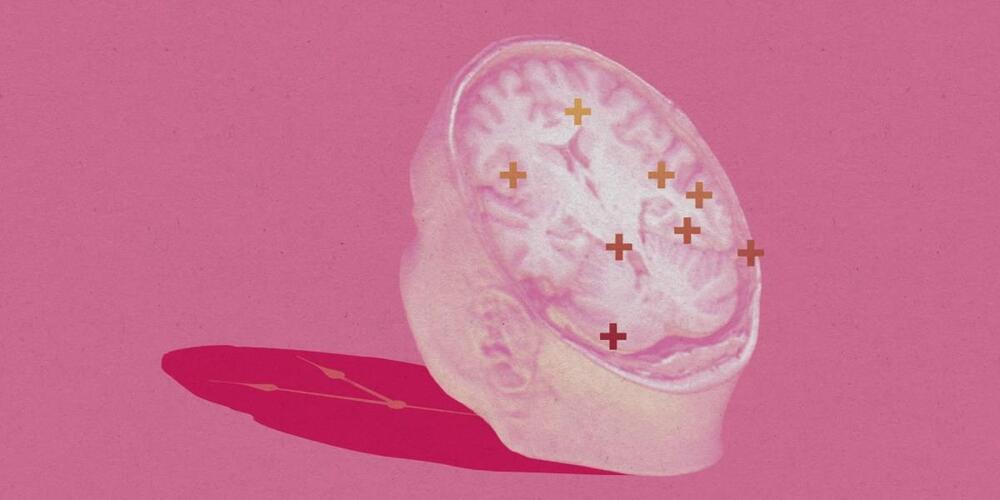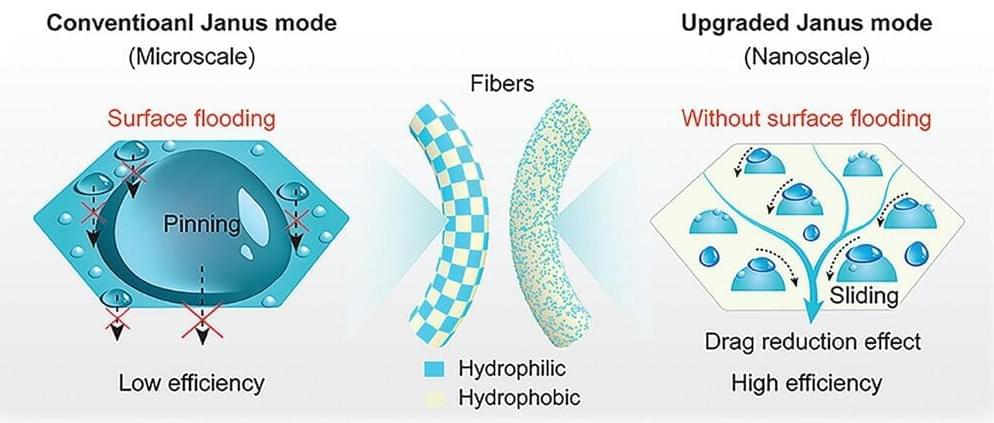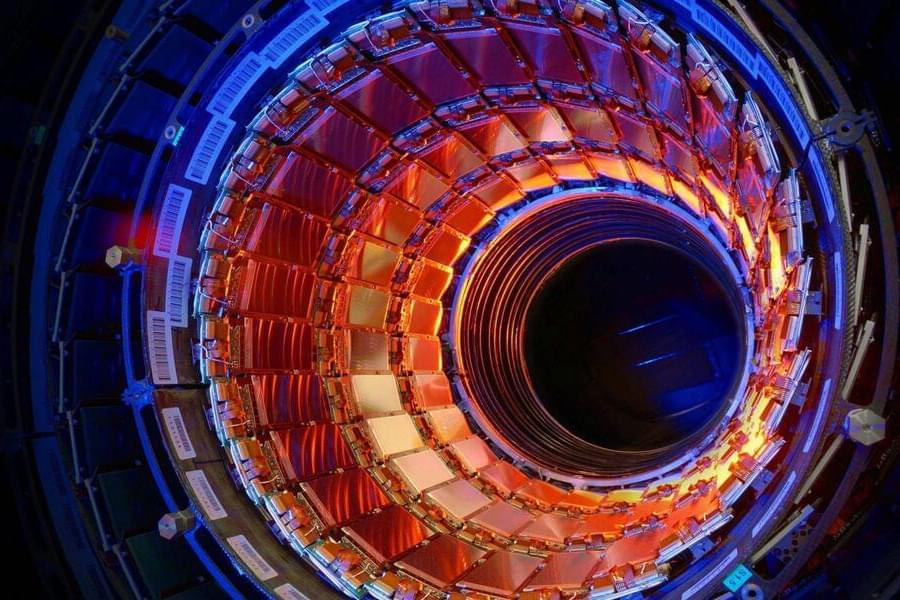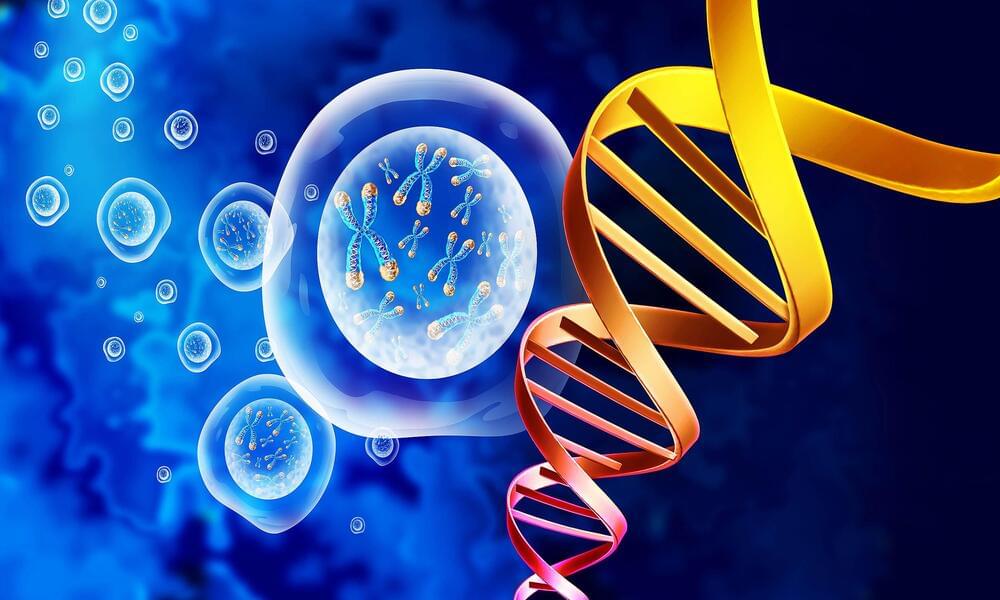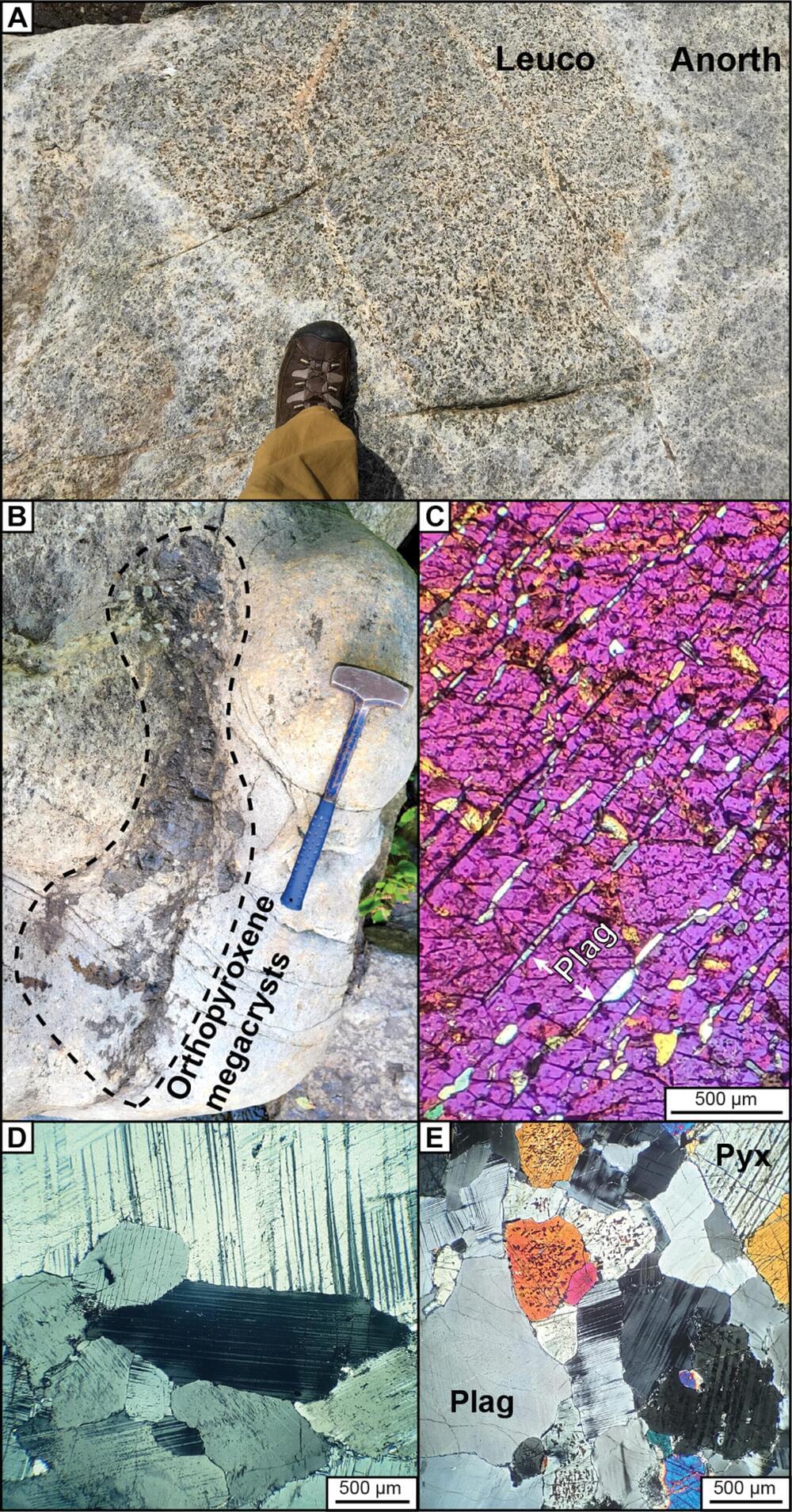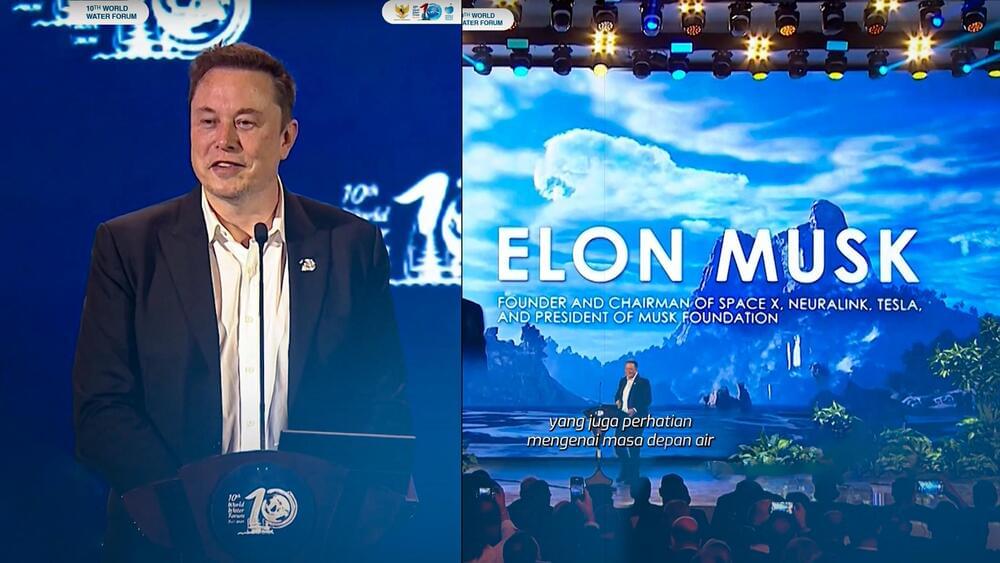A US agency pursuing moonshot health breakthroughs has hired a researcher advocating an extremely radical plan for defeating death.
His idea?
Scholz is still skeptical though. “A new brain is not going to be a popular item,” he says. “The surgical element of it is going to be very severe, no matter how you slice it.”
Now, though, Hébert’s ideas appear to have gotten a huge endorsement from the US government. Hébert told MIT Technology Review that he had proposed a $110 million project to ARPA-H to prove his ideas in monkeys and other animals, and that the government “didn’t blink” at the figure.
ARPA-H confirmed this week that it had hired Hébert as a program manager.
